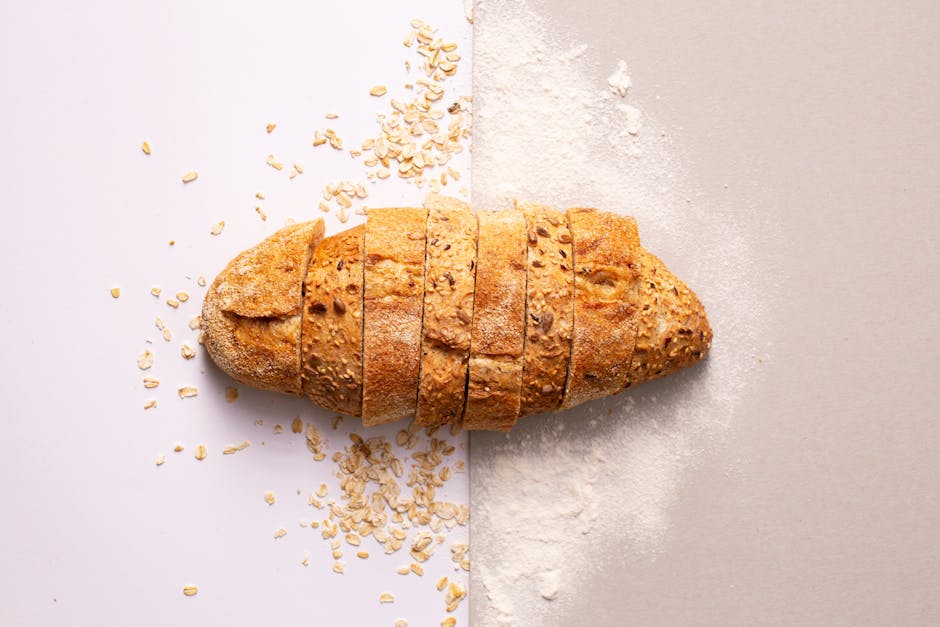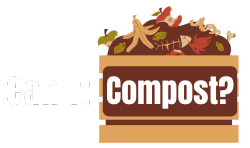Can I Compost Bread?
Bread is readily composted because it's a high-nitrogen food source that decomposes relatively quickly.


Sourced & Cited
Bread, whether it's day-old or slightly moldy, is generally a welcome addition to your compost pile. It breaks down easily and adds valuable nutrients. However, there are a few things to keep in mind to ensure a smooth composting process.
Compost Classification
Green (Nitrogen-rich): Bread is a green material due to its high moisture content and nitrogen levels. These characteristics facilitate rapid decomposition within a compost pile and support the growth of beneficial microorganisms.
🌱 Key Nutrients
This item contributes the following nutrients to your compost:
Nitrogen (N)
🏷️ Tags
Important characteristics to know about this item:
Breaks Down Quickly Use in Moderation Pest Attraction Risk Odor Risk Adds Key Nutrients
⚠️ Potential Risks
- Attracting pests like rodents or insects if added in large quantities or left uncovered.
- Potential for unpleasant odors if not properly incorporated into the compost pile.
- Mold growth, especially if bread is already moldy upon addition, may spread if not properly managed.
💡 Best Practices
- Break bread into small pieces (about 1-inch cubes) before adding it to your compost pile to accelerate decomposition.
- Mix bread evenly with brown materials (e.g., shredded paper, dry leaves) to maintain a balanced carbon-to-nitrogen ratio and prevent unpleasant odors.
- Bury bread deeper within the pile to avoid attracting pests.
- Monitor for mold growth and remove any affected pieces immediately.
